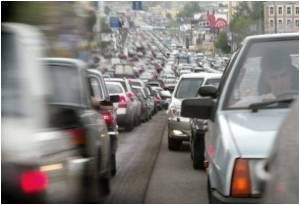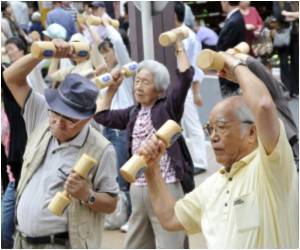Older drivers may have ample driving experiences, but when it comes to pedestrians they have a narrow field of vision and thereby compensate by driving slowly, according to a study.

The study was conducted in response to an increasing number of pedestrian-related accidents among elderly drivers. Age 65 and older, the elderly are the fastest growing group in the Western world and more elderly drivers than ever are on the road.
BGU researchers used two evaluation methods: driving in a traffic simulator while watching video of traffic scenes, and identifying hazardous situations by pressing a button. The results of the video observation method showed that elderly drivers took longer to respond to pedestrian hazards. Approximately half of the pedestrian-related events presented in the videos were difficult for elderly drivers to perceive when compared with the non-elderly drivers.
The simulator drive test also revealed that the elderly performed "braking actions" half as often as the non-elderly group in response to pedestrians on sidewalks and shoulders. However, the elderly group attempted to cope with hazards by reducing their driving speed by almost 20 percent, providing them more time to process the potential hazards and dangers, even if they couldn't detect them.
"These findings strengthen the notion that elderly drivers, shown to have a narrower useful field of view (UFV), may also be limited in their ability to detect hazards, particularly when outside the center of their view," explains Tal Oron-Gilad, a researcher in the BGU Department of Industrial Engineering.
She recommends that while more research is needed, "authorities should be aware of these limitations and increase elderly drivers' awareness of pedestrians by posting traffic signs or dedicated lane marks that inform them of potential upcoming hazards."
Advertisement








